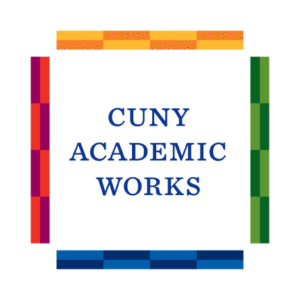 A new study in Scientometrics finds that open access articles garner more citations and a broader and larger readership than those behind the paywall. It is not surprising that open access results in a citation advantage; however, this research confirms that another benefit of open access is that it enables scholars’ work to reach larger and more diverse audiences geographically and by institution and discipline. In other words, open access truly fosters bibliodiversity, or, in Spanish, bibliodiversidad, a Latin American ethos that calls for diversity in publication format, language, content, and readership. Bibliodiversity is a grounding concept in addressing epistemic inequality. Scholars based in the Global South and at low-resourced institutions in the Global North face myriad disadvantages that perpetuate their obscurity or limited impact.
A new study in Scientometrics finds that open access articles garner more citations and a broader and larger readership than those behind the paywall. It is not surprising that open access results in a citation advantage; however, this research confirms that another benefit of open access is that it enables scholars’ work to reach larger and more diverse audiences geographically and by institution and discipline. In other words, open access truly fosters bibliodiversity, or, in Spanish, bibliodiversidad, a Latin American ethos that calls for diversity in publication format, language, content, and readership. Bibliodiversity is a grounding concept in addressing epistemic inequality. Scholars based in the Global South and at low-resourced institutions in the Global North face myriad disadvantages that perpetuate their obscurity or limited impact.
I was surprised to learn that, in particular, ‘green open access,’ open access in repositories like CUNY Academic Works, had an even more diverse readership than immediate upon publication ‘gold open access.’ Why? In a summary in Science, the study’s first author, “speculates that might be because a green paper may appear in multiple repositories—institutional and discipline-based—whereas gold papers tend to appear in only one, the publishers’ website. ‘People might be able to find a paper more easily when it’s available in multiple places” and then cite it, Huang says. “That remains something we need to study further.'”
That suggests, that the more the merrier! If you want to be read and cited, share your work in diverse venues including CUNY Academic Works.



